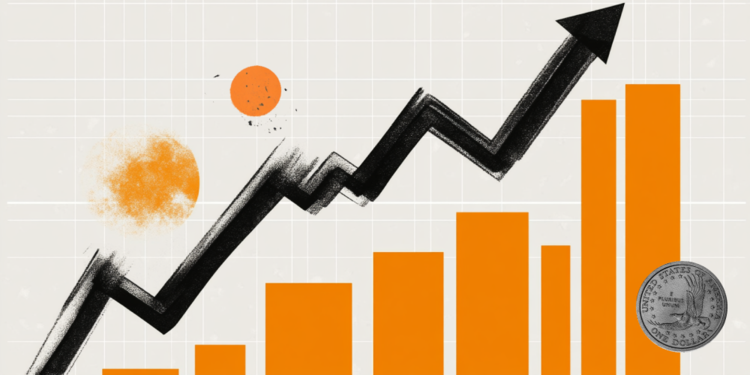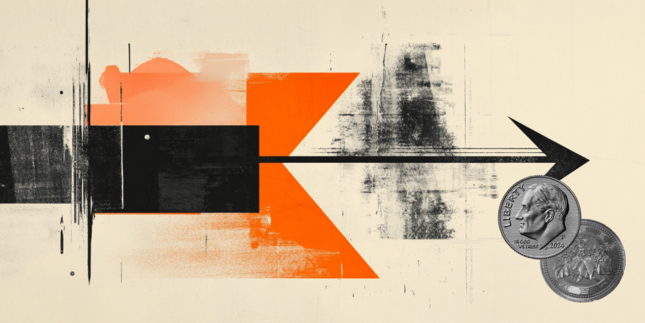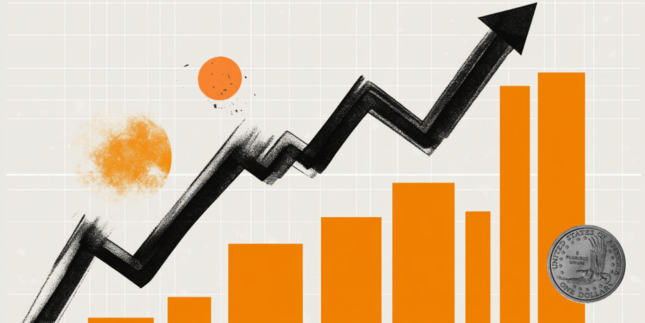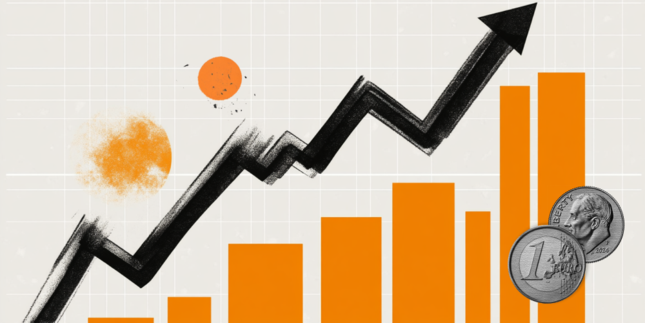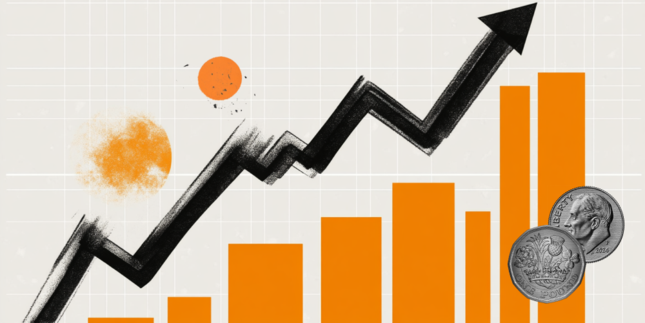US Dollar loses interest after weak Retail Sales figures
- The US Dollar Index fell close to 107.00 after Thursday’s sharp decline.
- US Retail Sales fell 0.9% in January, missing expectations and fueling rate cut speculation.
- US Treasury yields continue to decline with the 10-year yield below 4.50%.
The US Dollar Index (DXY), which tracks the US Dollar's performance against six major currencies, remains stable after posting losses in the previous session. At the time of writing, the DXY hovers around 107.00, as economic data continues to paint a mixed picture. Weak Retail Sales weigh on sentiment, but Industrial Production provides some support.
Daily digest market movers: US Dollar weakens as traders reassess Fed outlook
- US Retail Sales dropped 0.9% in January, far worse than the -0.1% forecast, raising concerns about consumer spending.
- December Retail Sales were revised higher to 0.7%, slightly offsetting the latest disappointing data.
- Industrial Production rose 0.5% in January, beating expectations of 0.3% but slowing from December’s 1.0% growth.
- Weak Retail Sales may lead traders to reassess expectations for the Federal Reserve’s rate path.
- Fed Chair Jerome Powell reiterated that monetary policy adjustments require tangible inflation progress or labor market weakness.
- As for now, the CME FedWatch Tool now shows a 55% probability of unchanged rates in June, reflecting market uncertainty.
- US Treasury yields continue to decline sharply with the 10-year yield falling to 4.47% and making investors lose interest in the US Dollar.
DXY technical outlook: Further downside risk as bearish momentum builds
The US Dollar Index remains under pressure after losing the 20-day Simple Moving Average (SMA), signaling a bearish shift. The Relative Strength Index (RSI) continues to weaken, confirming negative momentum, while the Moving Average Convergence Divergence (MACD) remains entrenched in bearish territory.
Immediate support is seen at the 100-day SMA near 106.30 with a break below this level likely to confirm a short-term negative outlook. On the upside, resistance is now seen at 107.50, followed by the 20-day SMA at 108.00.
Interest rates FAQs
Interest rates are charged by financial institutions on loans to borrowers and are paid as interest to savers and depositors. They are influenced by base lending rates, which are set by central banks in response to changes in the economy. Central banks normally have a mandate to ensure price stability, which in most cases means targeting a core inflation rate of around 2%. If inflation falls below target the central bank may cut base lending rates, with a view to stimulating lending and boosting the economy. If inflation rises substantially above 2% it normally results in the central bank raising base lending rates in an attempt to lower inflation.
Higher interest rates generally help strengthen a country’s currency as they make it a more attractive place for global investors to park their money.
Higher interest rates overall weigh on the price of Gold because they increase the opportunity cost of holding Gold instead of investing in an interest-bearing asset or placing cash in the bank. If interest rates are high that usually pushes up the price of the US Dollar (USD), and since Gold is priced in Dollars, this has the effect of lowering the price of Gold.
The Fed funds rate is the overnight rate at which US banks lend to each other. It is the oft-quoted headline rate set by the Federal Reserve at its FOMC meetings. It is set as a range, for example 4.75%-5.00%, though the upper limit (in that case 5.00%) is the quoted figure. Market expectations for future Fed funds rate are tracked by the CME FedWatch tool, which shapes how many financial markets behave in anticipation of future Federal Reserve monetary policy decisions.
Forex News
Keep up with the financial markets, know what's happening and what is affecting the markets with our latest market updates. Analyze market movers, trends and build your trading strategies accordingly.
